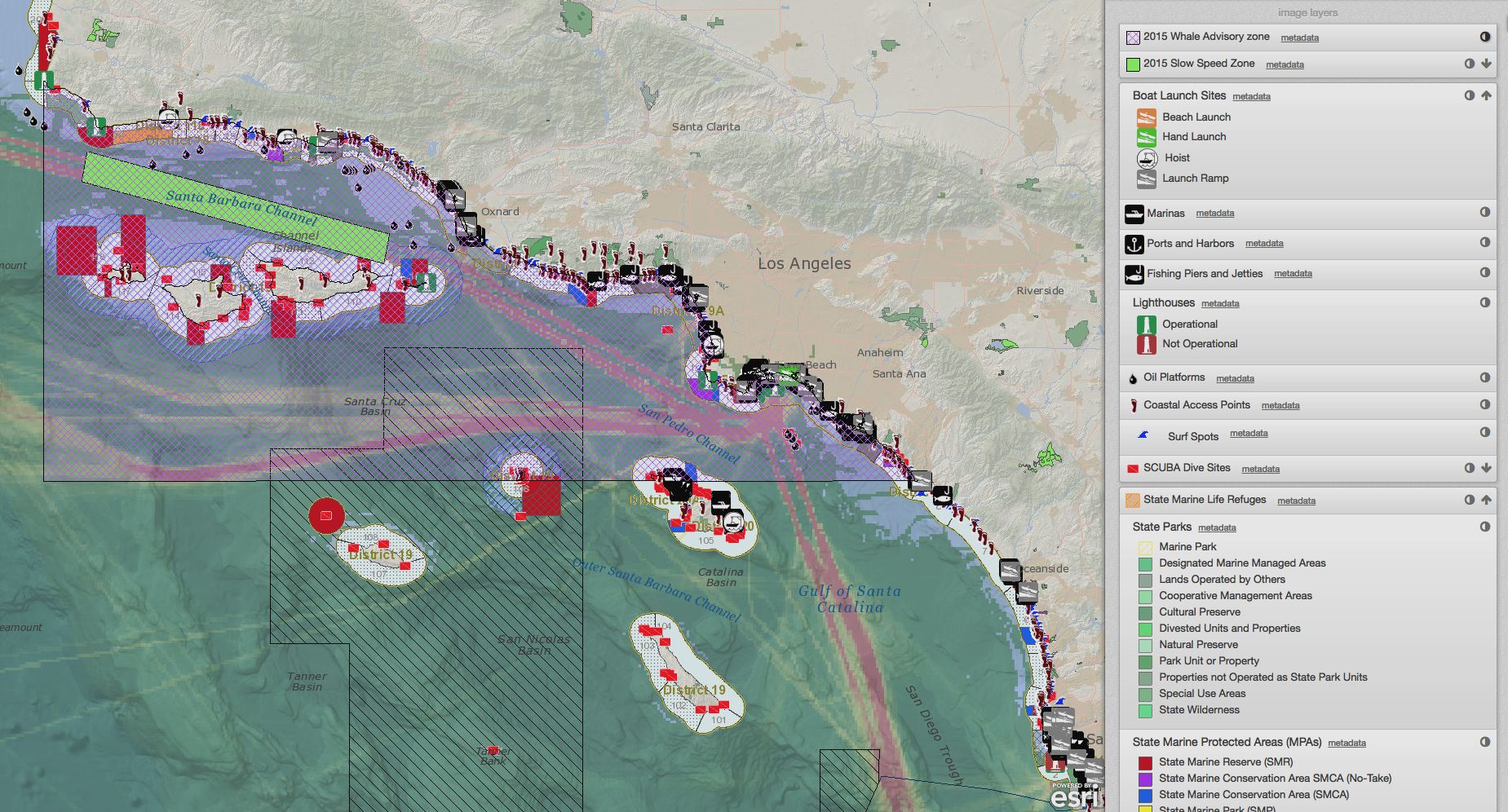Finding Common Ground
/When creating plans, for the ocean or otherwise, it's often helpful to know if others are planning something for the same place. Knowing what others are planning can help reduce conflict and maximize the sustainable use of resources. With a recent SeaSketch update, this kind of work just got easier. Read about the project and SeaSketch features below.
Read More





